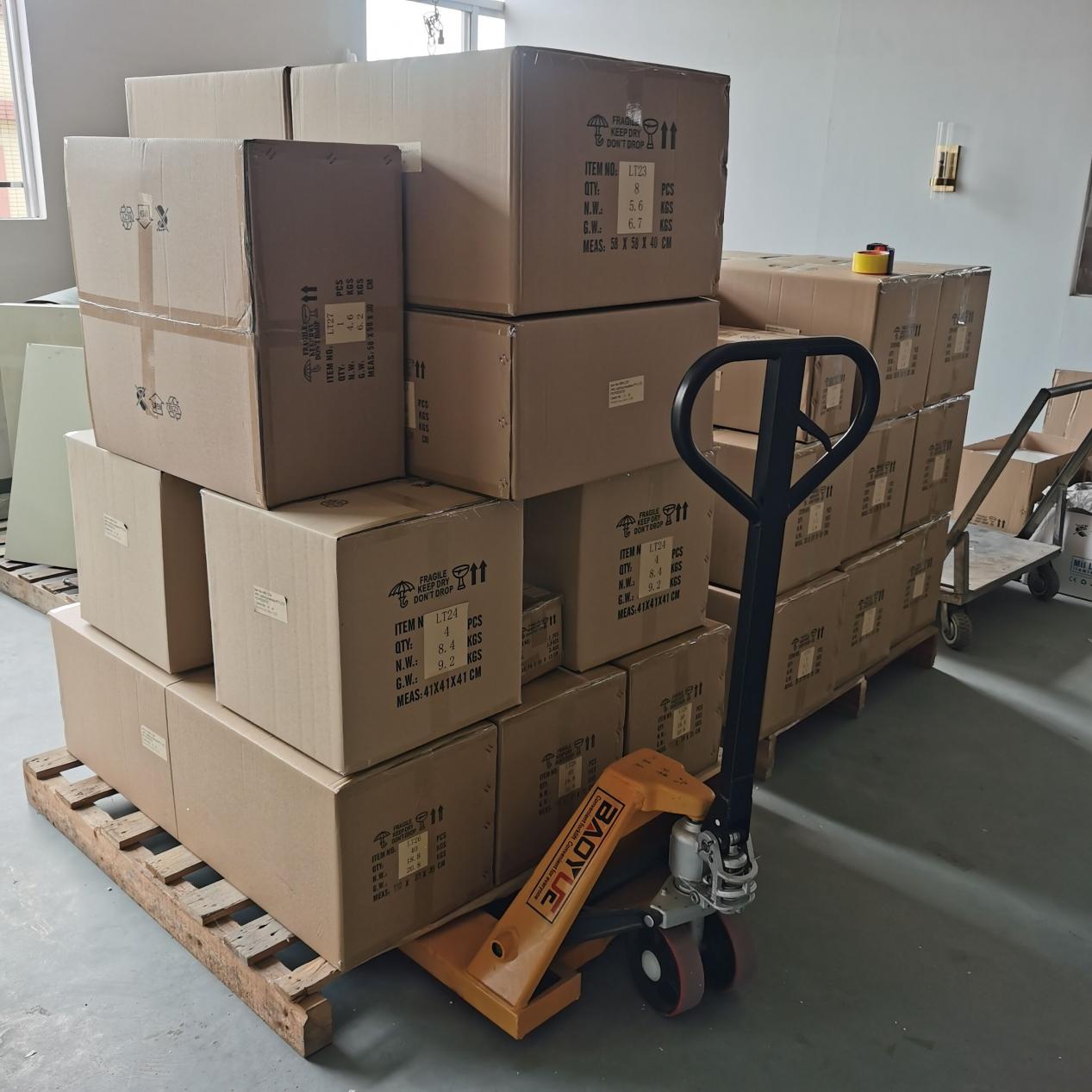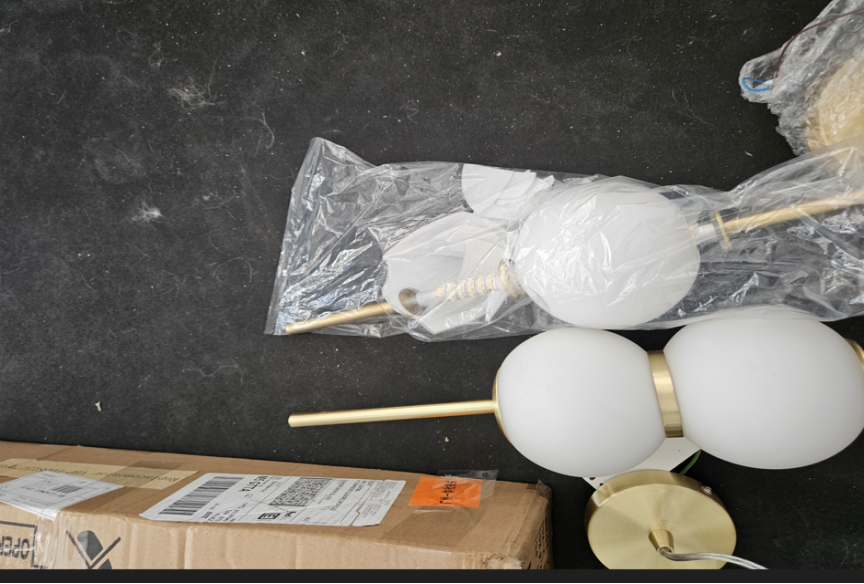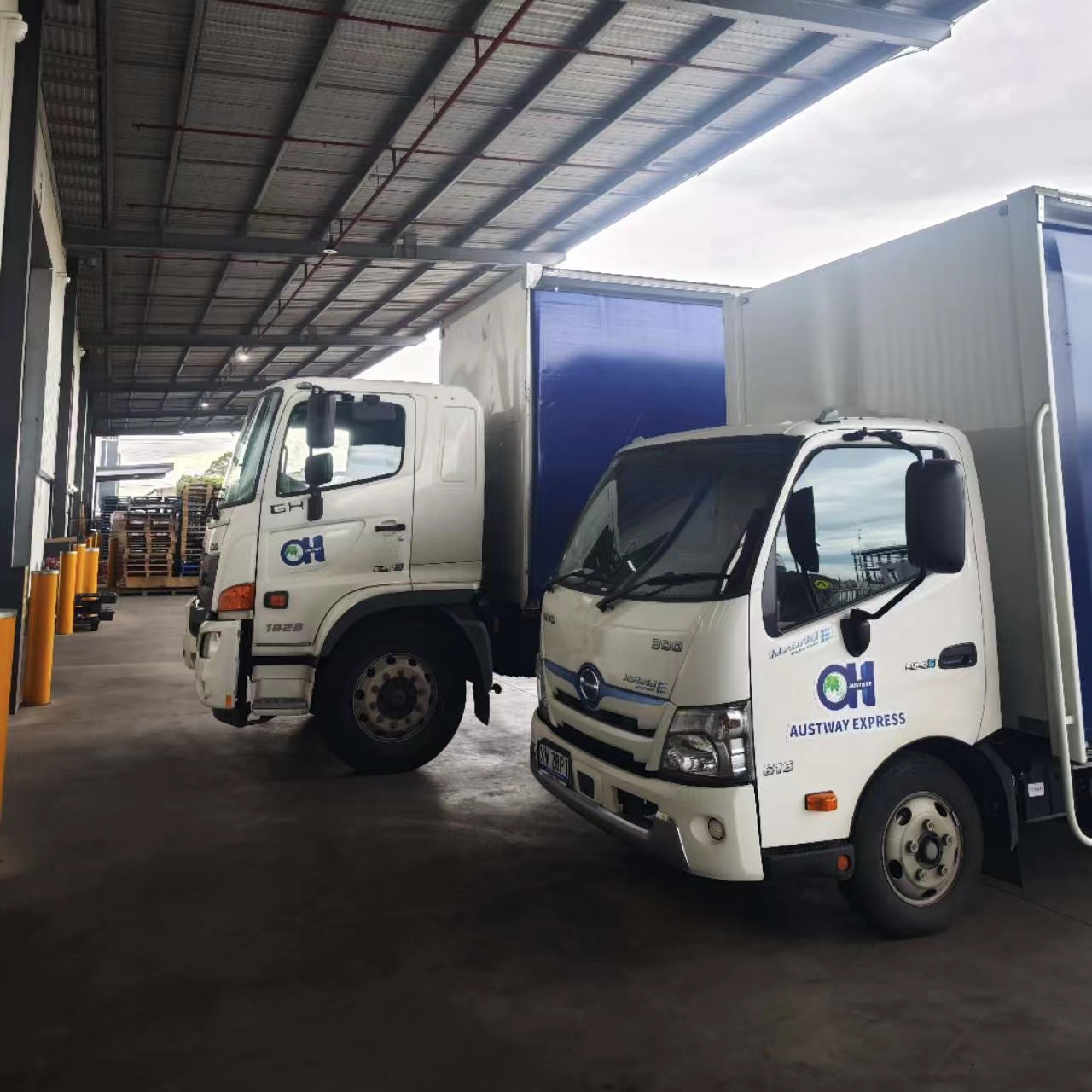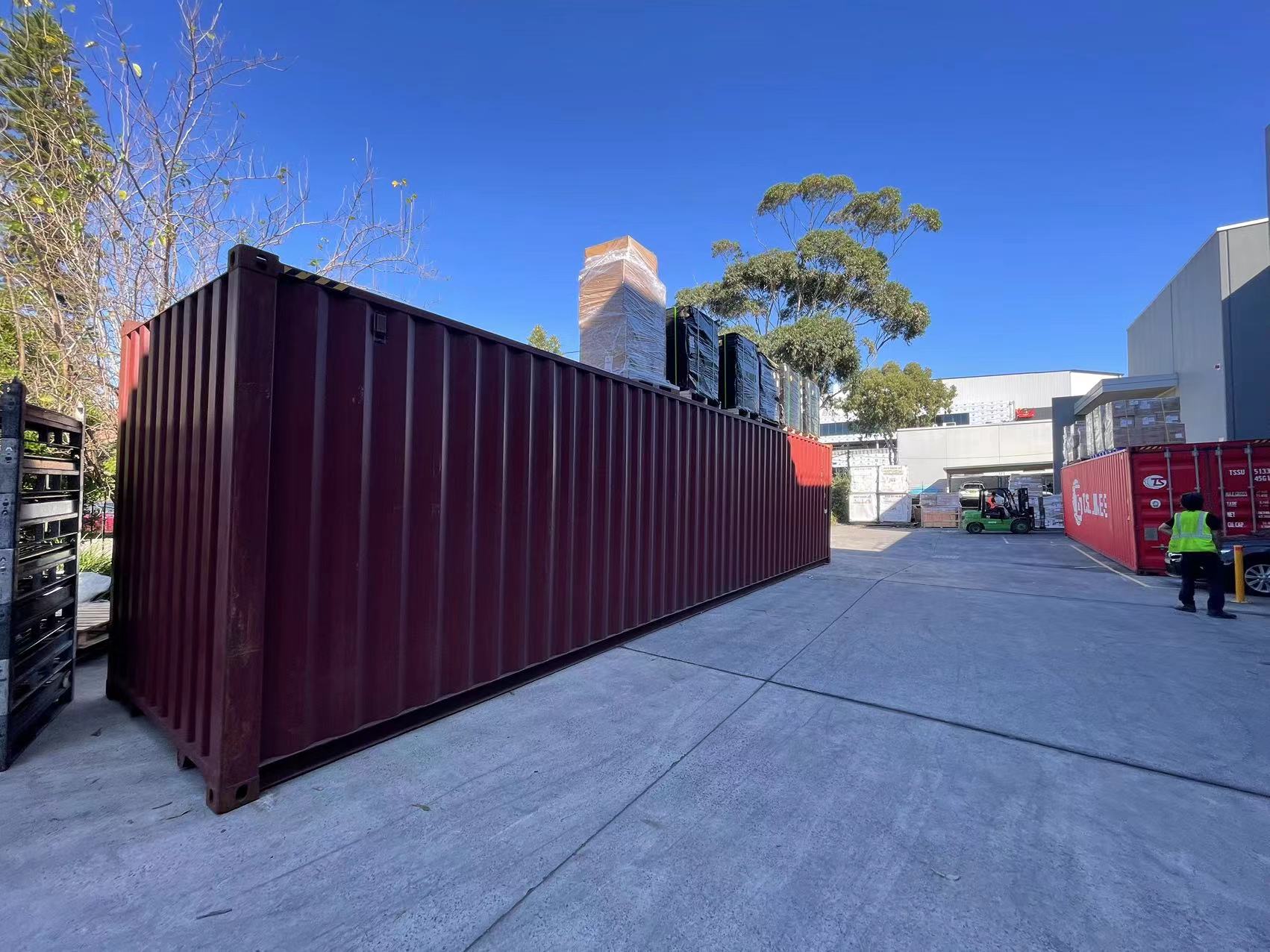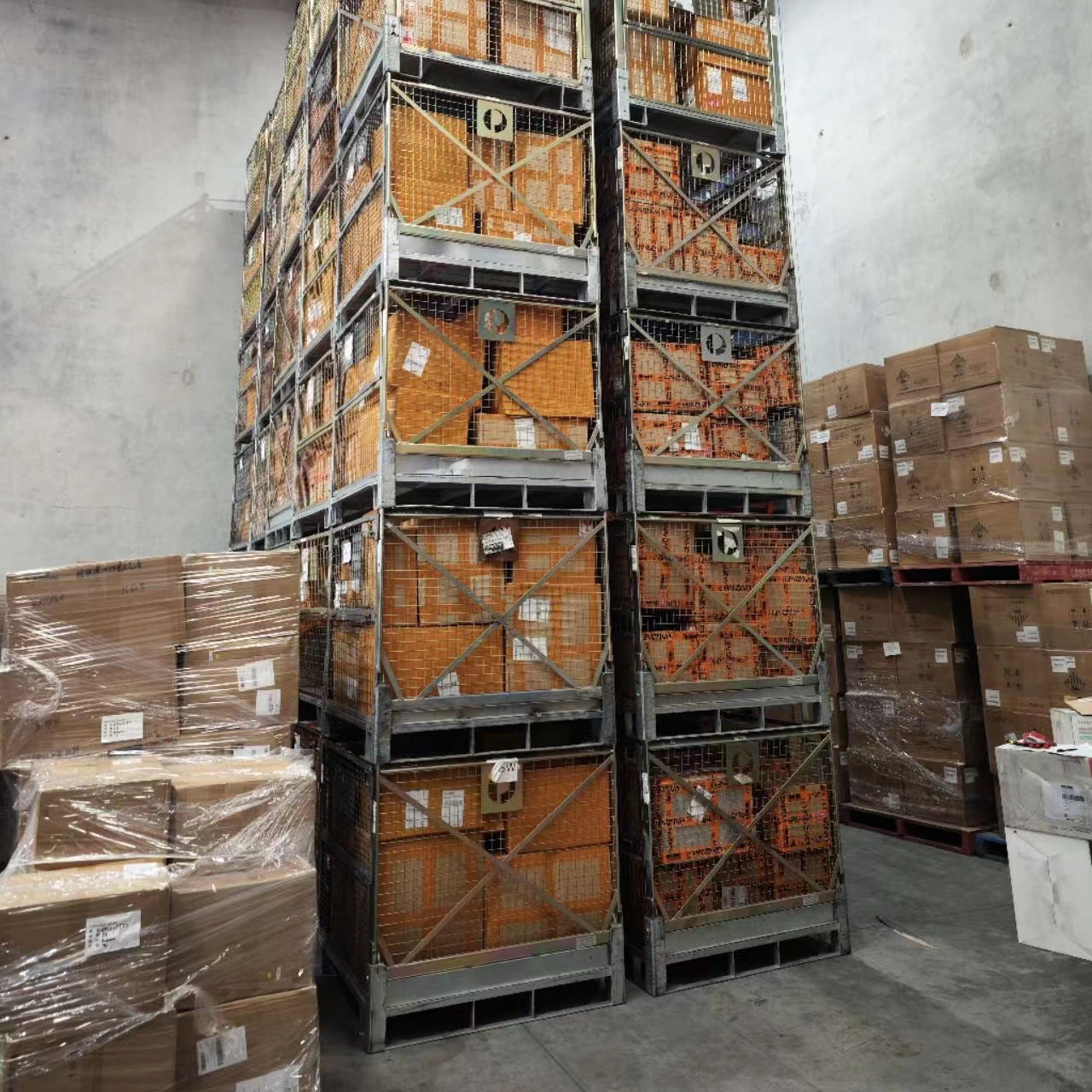I believe that those who have experience in international goods transportation have had questions: why is the box that was neat and intact when I shipped it abroad in such a dilapidated condition? Why is my cargo so severely damaged, or even untraceable? Today, let’s take sea freight consolidation as an example and analyze the aspects involved in international freight:
- First, pick up the goods from the shipper’s warehouse (First handling);
- Unload the goods at the logistics warehouse (second handling), and due to space issues, your goods may be crushed by other cargo placed on top;
- Load the goods into the container at the logistics warehouse (third handling), and your goods are very likely to be stepped on by the loading workers because the container’s height does not allow for overhead loading;
- Return the container to the port, go through customs, and face manual inspection (fourth handling – this stage is quite miserable because all goods will be randomly unloaded and inspected one by one; after the inspection is okay, reseal and load the container – fifth handling).
- Sail on the sea for about half a month.
- Distribute at the destination port.
Customs clearance may involve inspection, similar to the steps at the departure port.
If there is no inspection, the container is directly dragged to the bonded warehouse for unloading (sixth handling).
7. Transfer to an ordinary warehouse (possibly seventh handling).
8. Distribute the goods:
If it’s a truck delivery, load the goods onto the truck (eighth handling), unload them at the customer’s warehouse (ninth handling).
For express delivery (extracting from the express warehouse: eighth handling, scanning at the express warehouse, ninth handling; if the express requires a transfer scan, tenth handling; express delivery, eleventh handling. If you are not at home during delivery, the goods will be returned, and the same process will be repeated).
There’s no way to ensure that operators will treat your goods as carefully as you do because they face such work every day and become numb, just wanting to finish their tasks as quickly as possible without any trouble.
So, why is your standard carton arriving in the customer’s hands uneven, or even in tatters, and the goods damaged? It’s because from picking up to delivery, the smoothest operations involve 7 handlings. In case of inspection and express transfer, the number of handlings can go up to over a dozen. Each handling involves different people, and their attitudes toward goods vary. So, what advice do we give? For high-value products, if possible, use wooden boxes instead of cardboard, and if pallets can be used, definitely avoid cardboard transportation. Before shipping, confirm with the logistics company the height the pallet can be stacked; if it allows for 2 meters, don’t stack it at 1.5 meters to prevent your goods from being crushed by other customers’ heavy cargo. For fragile items, use bubble wrap or bubble columns for packaging; for glass products, use tripods and wooden boxes.Proper external packaging can prevent damage to goods caused by environmental factors such as rain and humidity. This is particularly crucial in transportation methods like sea freight. If you don’t take care of your own goods, how can the handling workers better protect them?”

